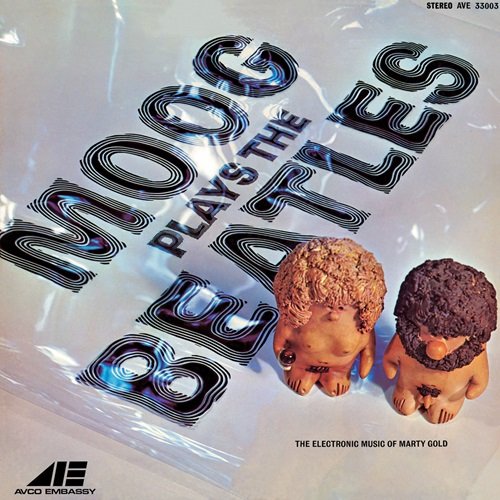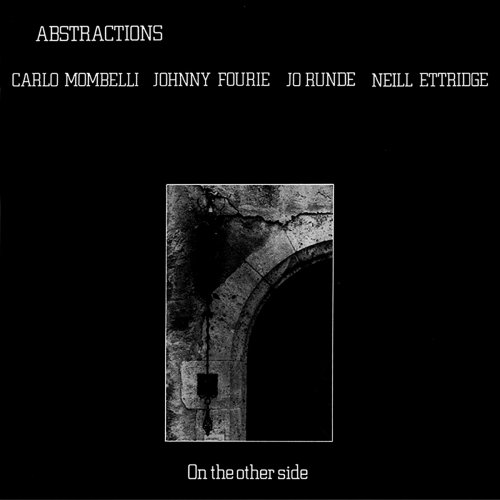Michael Boder, Werner Heider - Gloria Coates: Symphony No. 15; Cantara Da Requiem; Transitions (2007)
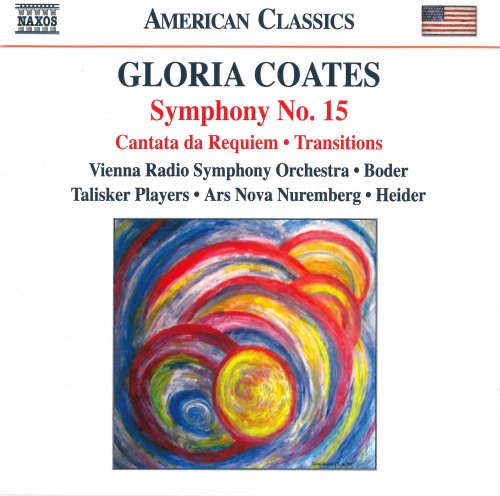
Artist: Michael Boder, Werner Heider
Title: Gloria Coates: Symphony No. 15; Cantara Da Requiem; Transitions
Year Of Release: 2007
Label: Naxos
Genre: Classical
Quality: FLAC (image+.cue,log,scans)
Total Time: 59:10
Total Size: 263 MB
WebSite: Album Preview
Tracklist:Title: Gloria Coates: Symphony No. 15; Cantara Da Requiem; Transitions
Year Of Release: 2007
Label: Naxos
Genre: Classical
Quality: FLAC (image+.cue,log,scans)
Total Time: 59:10
Total Size: 263 MB
WebSite: Album Preview
Symphony No.15 'Homage to Mozart' (2004-5) for large orchestra
01. I. Iridescences
02. II. Puzzle Canon
03. III. What Are Stars?
Vienna Radio Symphone Orchestra
Michael Boder
Cantata da Requiem 'WWII Poems for Peace' (1972) for soprano and chamber orchestra
04. I. Aria: Junge Witwe
05. II. Recitative: BBC Weather Report 1942
06. III. Aria: The Flying Bombers
07. IV. Recitative: Brief der Lehrerin Elfriede Birndorfer
08. V. Aria: Rinne, Regen, Rinne
09. VI. Aria: All These Dyings
Teri Dunn, soprano
Talisker Players
Transitions (1984) for chamber orchestra
10. I. Illumination
11. II. Mystical Plosives
12. III. Dream Sequence
Ars Nova Ensemble Nuremberg
Werner Heider
"All of the performances on this remarkable program are top notch. Soprano Teri Dunn gives a moving reading of the soprano part in the Cantata da Requiem, a setting of texts by American and German women written during the Second World War. The instrumental ensembles all play Coates' difficult-sounding music with apparent ease, born of commitment and understanding..." -- Sequenza 21
Gloria Coates, Symphony No. 15, Cantata da Requiem and Transitions performed by Vienna Radio Symphony, Boder Talisker Players and Ars Nova Nuremberg (Naxos 8559371) Fascinating new music from an increasingly known 69-year-old composer receiving its premiere on disc. Kyle Gann's notes to this new Naxos disc matter-of-factly inform us that Gloria Coates is "most superficially . . . the most prolific female symphonist in history." He also tells us she has made "a career out of the slow glissando in orchestral and ensemble music." Her 15th symphony -- already it ties her with Shostakovich, Gann notes -- is reminiscent, at times, of Ligeti or Penderecki and, at other times, of her fellow prolific American symphonist Alan Hovhaness (whose production few outside Villa-Lobos could ever equal). The elements, then, of the symphony are simple, but the effect is far from simple. Nor, until a quotation from his last motet well into its second movement "Puzzle Canon," is it apparent at all why it's "Homage to Mozart." The Cantata da Requiem is a less arresting early work from 1972 but "Transitions" from 1984 is a somber chamber orchestra work with much of the same mystical suspended animation and sonic world as the symphony. (It sounds, at times, as if someone located music school rehearsal studios inside an airplane hangar.) Jeff Simon -- Buffalo News, December 16, 2007, Jeff Simon
Gloria Coates, Symphony No. 15, Cantata da Requiem and Transitions performed by Vienna Radio Symphony, Boder Talisker Players and Ars Nova Nuremberg (Naxos 8559371) Fascinating new music from an increasingly known 69-year-old composer receiving its premiere on disc. Kyle Gann's notes to this new Naxos disc matter-of-factly inform us that Gloria Coates is "most superficially . . . the most prolific female symphonist in history." He also tells us she has made "a career out of the slow glissando in orchestral and ensemble music." Her 15th symphony -- already it ties her with Shostakovich, Gann notes -- is reminiscent, at times, of Ligeti or Penderecki and, at other times, of her fellow prolific American symphonist Alan Hovhaness (whose production few outside Villa-Lobos could ever equal). The elements, then, of the symphony are simple, but the effect is far from simple. Nor, until a quotation from his last motet well into its second movement "Puzzle Canon," is it apparent at all why it's "Homage to Mozart." The Cantata da Requiem is a less arresting early work from 1972 but "Transitions" from 1984 is a somber chamber orchestra work with much of the same mystical suspended animation and sonic world as the symphony. (It sounds, at times, as if someone located music school rehearsal studios inside an airplane hangar.) Jeff Simon -- Buffalo News, December 16, 2007, Jeff Simon
![Mick Rossi - Songs from the Broken Land (2024) [Hi-Res] Mick Rossi - Songs from the Broken Land (2024) [Hi-Res]](https://www.dibpic.com/uploads/posts/2025-12/1766399499_592x592.jpg)
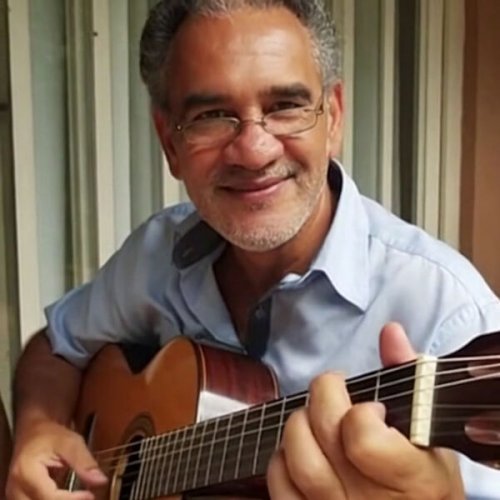
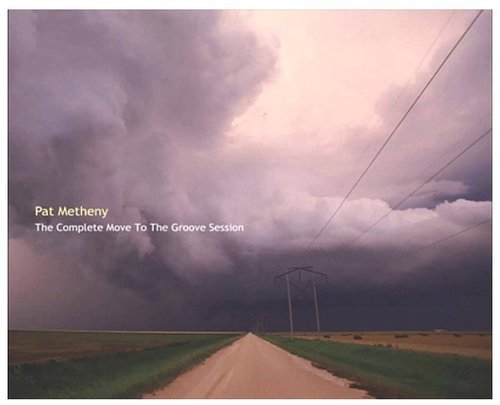
![Johnny Mathis - Sending You a Little Christmas (2013) [Hi-Res] Johnny Mathis - Sending You a Little Christmas (2013) [Hi-Res]](https://img.israbox.com/img/2025-12/23/38ptbeu2vtopjom56b48st4yc.jpg)
![Richard Carr, Czech National Symphony Orchestra, Vladimir Martinka - Richard Carr: The Leap (2025) [Hi-Res] Richard Carr, Czech National Symphony Orchestra, Vladimir Martinka - Richard Carr: The Leap (2025) [Hi-Res]](https://img.israbox.com/img/2025-12/22/0ruhq82oeu9h4oypzf8u61qbv.jpg)

